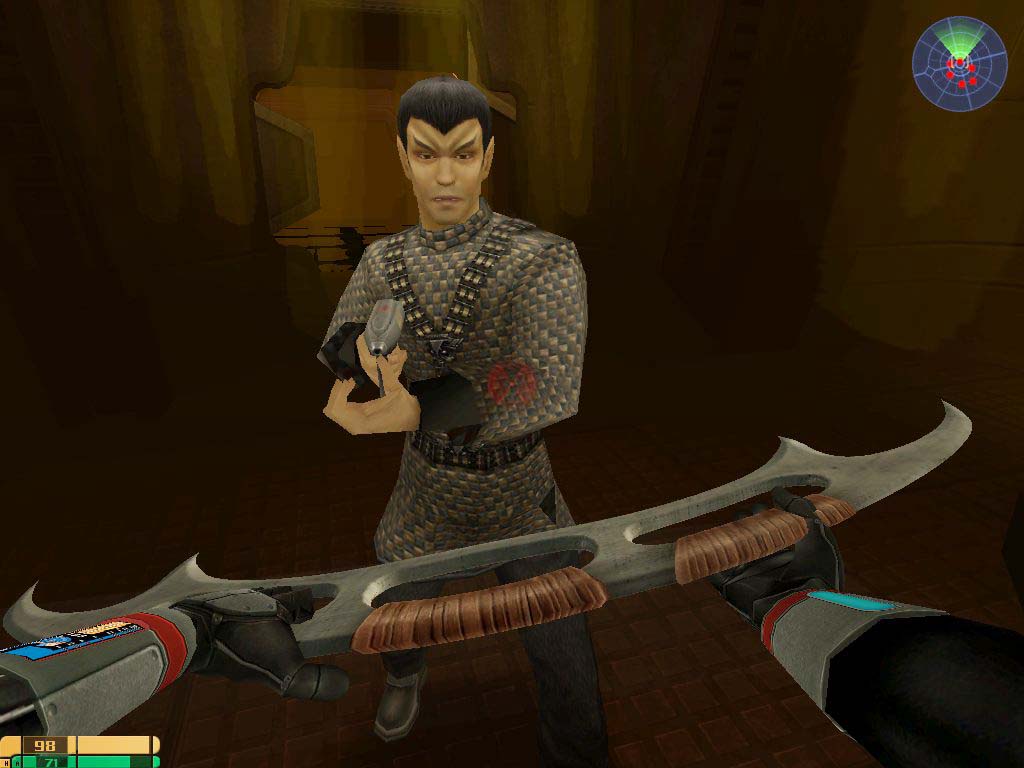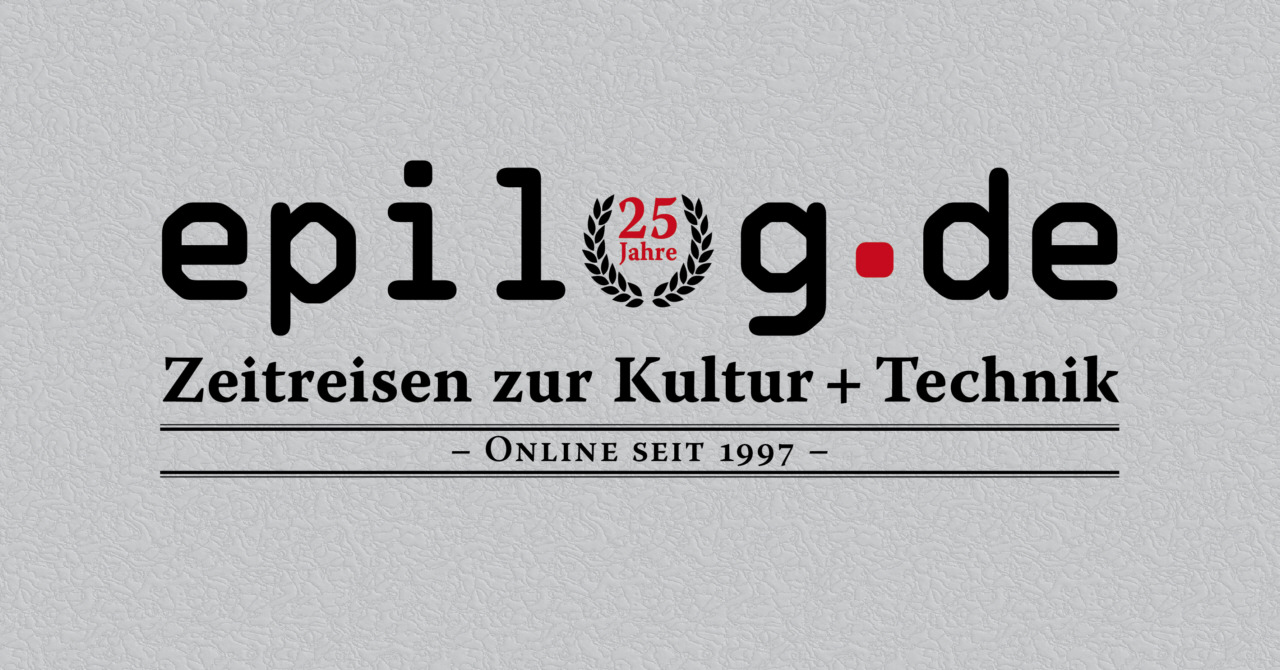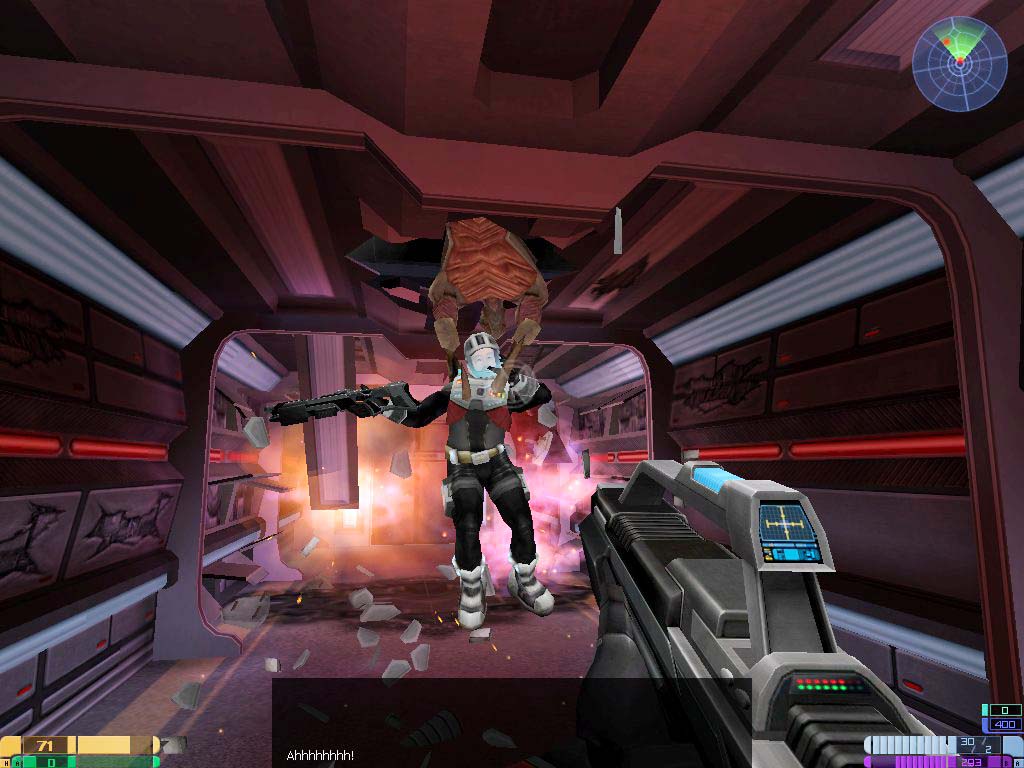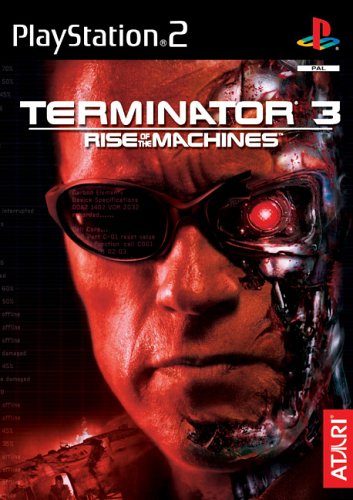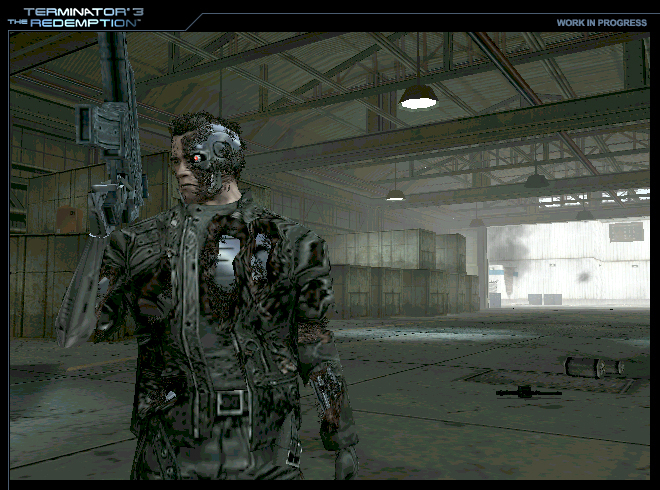 GamePlay:
GamePlay:As the name indicates, the game is based on
CQB tactics. The player is in charge of a 5-man
SWAT element, and unlike other tactical shooters, such as the comparable
Rainbow Six games, the player is a
police officer; therefore
arresting rather than simply shooting suspects on sight is the primary objective. The improper use of
deadly force (when a suspect is wounded and unable to use weapons, has surrendered or poses no threat) is penalized in the game.
The single player game features four elective weapons; the
HK MP5 and MP5SD, the
Benelli M1 Super 90 and the
Colt M4A1, in addition to the Colt
M1911 side arm issued to all LAPD officers. All of these feature a flashlight and some have modifications to give SWAT a tactical advantage in certain situations; for example, the M4A1 can fire '
beanbag'
less than lethal rounds which hurt but do not kill targets, and the M1 Super 90 has secondary
breaching ammunition for shooting locks out of doors. Others have a selection of
full metal jacket and
expanding hollow point ammunition, whose effectiveness depends upon the situation and the target.

Unlike some other games, some weaponry and ammunition is actually able to penetrate through walls, which makes
spray-firing a risk, as a stray bullet can pass through a wall and hit an innocent.
Firearms are augmented by a number of tactical aids, such as
CS gas and
flashbang grenades, chemical
lightsticks, breaching explosives and the 'opti-wand'; a miniature camera on a telescopic wand used for searching around corners, an update to the mirror-on-a-stick solution used by real life police.
SWAT officers are outfitted much like in real life, with some advancements for the game's near-futuristic (in 1999) setting; these are used to explain elements of gameplay, such as the
HUD; officer's fully enclosed helmets have relevant information, such as ammunition counts and a target reticule projected onto the faceplate.
Instead of traditional
health points, SWAT3 has a health 'scale' more similar to a
life bar, representing sensors monitoring blood loss and body temperature. Wounds cannot be healed mid-mission, and an officer can take very few hits before being incapacitated. This necessitates the use of flashbangs when entering an area, to distract and disorient armed suspects waiting in ambush.

The game has three
difficulty levels; easy, medium and hard, which increase the aggression and tactical intelligence of suspects and reduces their likelihood of surrender. There is also a 'response time' options for AI officers and suspects, ranging from 1 to 20
milliseconds, which dictates how quickly officers and suspects respond to changing situations.
Within a mission, the game has two 'modes': stealth, and dynamic. In stealth mode, officers move slowly and cautiously, use the opti-wand on doorways and corners, speak softly, do not use flashbangs and
pick locked doors instead of destroying them. Suspects are unaware of or can lose track of the police in stealth mode, and the police gain an element of surprise, especially if the player opts to start the mission in stealth mode. When a suspect is encountered, the game automatically switches to dynamic mode. In dynamic mode, officers move quickly, speak loudly and shout, and use flashbangs and breaching explosives when appropriate. The player can switch freely between stealth and dynamic modes.
 Missions:
Missions:The original game had 16 missions total, ranging from fast deployment to VIP protection. Some of the maps are based on true locations such as the LA City Hall and the Convention Center. The expansions added more maps, but neither of them is used on the 5-man campaign, only with the additional 10-man campaign that was distributed later on Sierra's website.
The earlier missions are more routine SWAT call outs, keeping the
learning curve shallow for new players, the first being
search warrant service to the home of Martin Brenner, a suspected freeway sniper. This serves as a basic introduction to the game. The next mission introduces Sovereign America for the first time, with an
arrest warrant served on one Victor Getts, suspected of vehicular
manslaughter, bomb making and membership of Sovereign America.
The bombing of the
Turkish embassy, and kidnap of
ambassador Jemil Kemal introduces the Kurdish People's Party. This is followed by an invasion of the home of Donald Foreman,
CEO of a large cable provider by a heavily armed group, holding Foreman, his wife Linda, and his two children to ransom.
The
Orthodox Patriarch Alexei III and his retinue are held in an Orthodox Cathedral by an armed group is the first incident connected to the treaty signing, as the bishop is visiting Los Angeles to attend the signing. Matters are complicated by the private security team hired to protect Alexei. This security team provide an unknown variable. Completely randomly, they will either attack the SWAT team, attack the terrorists or do absolutely nothing. This changes every time you play the mission and there is no way of knowing what they will do.
The downing of the aircraft of the
Algerian president by a
Surface-to-Air missile becomes a serious international incident and marks the entrance of the People's Liberation Party. The resulting chaos caused by the shutdown of
LAX has created a significant number of vulnerable targets for more missiles, including the plane of Russian president, Igor Stomas. The missile is traced to a waterworks construction site, and SWAT is dispatched to investigate. Soon after, the PLP storms a
television studio during an afternoon talk show, holding LA
Mayor Marlin Fitzpatrick, Tolerance Defense League Chairman Herman Moyer, host Donna Briggs and many members of the audience and station staff hostage. The group demands an international broadcast of their message of Soviet reunification. The People's Liberation Party again targets President Stomas at his
penthouse suite at the Carlysle Hotel, demanding a flight to
Moscow with the intention of taking Stomas with them.

SWAT's next task is the arrest warrant for Ric Peters at his nightclub, The Phoenix, when he and Malta are finally identified as the mysterious group responsible for both the Foreman home invasion and Cathedral incident. They also have to deal with a failed bank heist by Sovereign America, who have holed themselves up in the bank.
In the final run up to the treaty signing, SWAT is given
VIP protection duty for dignitaries at a pre-signing meeting at the
Los Angeles Convention Center (which, until 2006, regularly hosted the
E3 video games convention). The day goes smoothly until multiple armed suspects attempt to disrupt this meeting, holding several important politicians hostage.
The People's Liberation Party strike again after the convention center incident in another attempt to disrupt the treaty signing, creating a national emergency by taking over the
LAX control tower, broadcasting false
Air Traffic Control information (resulting in a midair collision) and installing another Surface-to-Air missile launcher at the top of the tower, threatening aircraft carrying dignitaries headed to the treaty signing.
Air Force 1 is briefly in the area but is diverted quickly to
Edwards Air Force Base. Despite danger the
President of the United States being averted, there are many more civilian planes waiting to be diverted to other airports, the
FAA closing down LAX after the earlier collision. SWAT storm the tower from the basement and soon restore order.
SWAT is required for VIP protection duty at a
World Trade Organization conference at the Ventura Hotel, accompanying the Treaty signing. Death threats have been received by some of the attendees from various militia factions, and several militia men storm the building. This is followed shortly afterwards by the bombing of an
electric substation leaving most of LA without power, save for Municipal buildings with backup generators. This was apparently a diversion, to allow Sovereign America forces led by Tobias Stromm (A
Fred Phelps type character) himself to take over
City Hall, for what Stromm calls an "end of the world vigil". It transpires that Sovereign America was the winner of the auction for one of the suitcase nukes, now installed and guarded by Stromm at the top of the tower, and Sovereign America intends to destroy the entire city in a last stand, but thankfully SWAT, after a tremendous battle, arrest Stromm and save the city.
During the final preparations for the Treaty signing, and the celebrations afterward, suspicious personnel observed entering the
storm drain system near
UCLA, where a parade is supposed to pass, carrying heavy equipment and overheard talking about demolitions. The storm drain system had already been cleared once by police officers - after being alerted to these developments, SWAT is sent in to investigate, finding a mysterious armed group disguised as
gas masked maintenance workers.
Finally, SWAT is tasked with protecting the Treaty signing. In a last ditch attempt to stop the signing, the People's Liberation Party attack, hiding a second suitcase nuke in the building and taking many dignitaries hostage. Despite this, with the intervention of SWAT, the treaty signing is completed successfully. Mission failure results in the nuclear destruction of Los Angeles.
On the Bank level one of the people in the bank has a name of Marie Bonds. She says her husband is in the harbor division. This is "Sweet Cheeks" Marie from the Police Quest series. She is the wife of Sonny Bonds. This is an obvious reference of the Sierra Police Quest series.
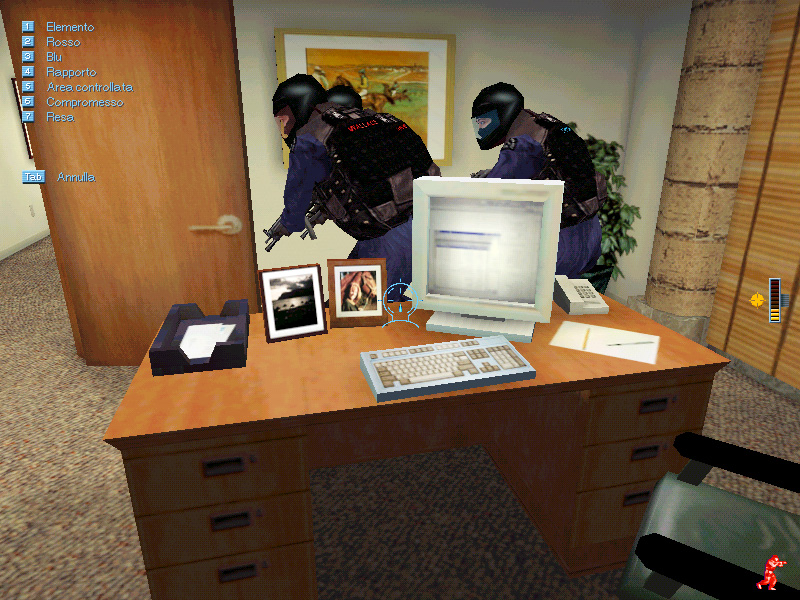
System requirements
- Microsoft Windows 95/98,
- Pentium 233 MHz,
- 32 Mb RAM,
- 550Mb Hard Disk Space,
- 4 Speed CD-ROM,
- 800x600 SVGA High Color Monitor,
- 4 Mb Video Card, DirectX 7,
- Windows-compatible soundcard.
 Download Links:
Download Links: Patch and keygen:
 Description
Description
 INSTRUCTIONS.
INSTRUCTIONS.









